The knitted fabrics market is expected to grow from USD 58.36 billion in 2019 to USD 83.64 billion by 2027, at a CAGR of 4.6% during the forecast period 2020-2027.
Fabrics that are constructed by interloping one or more sets of yarns are known as knitted fabrics. They are distinct from woven fabrics, more flexible, and can be readily constructed into smaller pieces. Knitted fabrics can be made quickly and easily at less cost. Some of the different types of knitted fabrics are rib knit, jersey, fleece knits, French terry knits, and many others. Knitted fabrics have a soft texture, excellent flexibility and extensibility, and moisture permeability.
The factors driving the market are growing apparel industry, increasing importance of knitted fabrics in automobile, manufacturing, construction, and medical services. Other factors like a shift in preference of customers to lightweight and high-performance knitwear drive the market. Use of artificial intelligence in knitted fabric manufacturing and eco-friendly fabrics possess growth opportunities. Factor restraining the market are rise in cotton prices.
This study delivers a comprehensive analysis of product, application, material type, and region. The product type includes warp-knit and weft-knit. The weft-knit segment holds the largest market share, owing to low cost, simpler production process, and better elasticity. The warp-knit segment is expected to witness significant growth, as it is used in several industries, including inner wears, apparel, shoes, automotive, household, and industrial. Based on application, the market is segmented into household, technical, and clothing. The technical segment holds the largest market share, owing to the increasing application is household, automotive, packaging, manufacturing, medical, and construction. Clothing segment is anticipated to witness significant growth, owing to high demand for knitted footwear, casual wear and sportswear. The material type segment includes elastomeric fiber, synthetic fiber, and others. Synthetic fiber holds the largest share, owing to the large-scale use of knitted fabrics made of dyed synthetic fiber in apparels.
The market has been divided into North America, Europe, Asia-Pacific, Middle East & Africa, and South America. North America holds the largest market share, owing to the factors such as regulatory enforcement, early implementation of innovative manufacturing strategies, and environmental sustainability. The Asia-Pacific region is expected to witness significant growth. In the region, China holds the largest market share. India, China, and Bangladesh are expected to witness growth, owing to favourable regulatory frameworks, low labour cost, and government initiatives.
Some of the notable players in the market are ABHINANDAN KNITS PVT LTD., Jong Stit Co., Ltd., Zhejiang Chaoda Warp Knitting Co., Ltd., TORAY INDUSTRIES, INC., SSM Industries, Pacific Textiles Holdings Limited, Georg and Otto Friedrich GmbH, Baltex, Teejay Lanka PLC, Haining Jinmao Warp Knitting Co., Ltd., Loyal Textile Mills Ltd. and Guilford. In February 2018, a knitted fabric using laser technology was developed by a French manufacturer of warp-knitted textiles.
Knitted Fabrics Market Analysis and Forecast, Product
Knitted Fabrics Market Analysis and Forecast, Application
Knitted Fabrics Market Analysis and Forecast, Material Type
Knitted Fabrics Market Analysis and Forecast, Region
Report Description:
1. Introduction
1.1. Objectives of the Study
1.2. Market Definition
1.3. Research Scope
1.4. Currency
1.5. Key Target Audience
2. Research Methodology and Assumptions
3. Executive Summary
4. Premium Insights
4.1. Porter’s Five Forces Analysis
4.2. Value Chain Analysis
4.3. Top Investment Pockets
4.3.1. Market Attractiveness Analysis By Product
4.3.2. Market Attractiveness Analysis By Application
4.3.3. Market Attractiveness Analysis By Material Type
4.3.4. Market Attractiveness Analysis By Region
4.4. Industry Trends
5. Market Dynamics
5.1. Market Evaluation
5.2. Drivers
5.2.1. Growing apparel industry
5.2.2. Increasing use of the product in different verticals
5.3. Restraints
5.3.1. Rise in cotton prices
5.4. Opportunities
5.4.1. Increasing use of AI for manufacturing purposes
5.4.2. Changing buying pattern of consumer
5.5. Challenges
5.5.1. Huge demand for artificial fabrics
6. Global Knitted Fabrics Market Analysis and Forecast, By Product
6.1. Segment Overview
6.2. Warp-Knit
6.3. Weft-Knit
7. Global Knitted Fabrics Market Analysis and Forecast, By Application
7.1. Segment Overview
7.2. Household
7.3. Technical
7.4. Clothing
8. Global Knitted Fabrics Market Analysis and Forecast, By Material Type
8.1. Segment Overview
8.2. Elastomeric Fiber
8.3. Synthetic Fiber
8.4. Others
9. Global Knitted Fabrics Market Analysis and Forecast, By Regional Analysis
9.1. Segment Overview
9.2. North America
9.2.1. U.S.
9.2.2. Canada
9.2.3. Mexico
9.3. Europe
9.3.1. Germany
9.3.2. France
9.3.3. U.K.
9.3.4. Italy
9.3.5. Spain
9.4. Asia-Pacific
9.4.1. Japan
9.4.2. China
9.4.3. India
9.5. South America
9.5.1. Brazil
9.6. Middle East and Africa
9.6.1. UAE
9.6.2. South Africa
10. Global Knitted Fabrics Market-Competitive Landscape
10.1. Overview
10.2. Market Share of Key Players in Global Knitted Fabrics Market
10.2.1. Global Company Market Share
10.2.2. North America Company Market Share
10.2.3. Europe Company Market Share
10.2.4. APAC Company Market Share
10.3. Competitive Situations and Trends
10.3.1. Product Launches and Developments
10.3.2. Partnerships, Collaborations and Agreements
10.3.3. Mergers & Acquisitions
10.3.4. Expansions
11. Company Profiles
11.1. ABHINANDAN KNITS PVT. LTD.
11.1.1. Business Overview
11.1.2. Company Snapshot
11.1.3. Company Market Share Analysis
11.1.4. Company Product Portfolio
11.1.5. Recent Developments
11.1.6. SWOT Analysis
11.2. Jong Stit Co. Ltd.
11.2.1. Business Overview
11.2.2. Company Snapshot
11.2.3. Company Market Share Analysis
11.2.4. Company Product Portfolio
11.2.5. Recent Developments
11.2.6. SWOT Analysis
11.3. Zhejiang Chaoda Warp Knitting Co. Ltd.
11.3.1. Business Overview
11.3.2. Company Snapshot
11.3.3. Company Market Share Analysis
11.3.4. Company Product Portfolio
11.3.5. Recent Developments
11.3.6. SWOT Analysis
11.4. TORAY INDUSTRIES INC.
11.4.1. Business Overview
11.4.2. Company Snapshot
11.4.3. Company Market Share Analysis
11.4.4. Company Product Portfolio
11.4.5. Recent Developments
11.4.6. SWOT Analysis
11.5. SSM Industries
11.5.1. Business Overview
11.5.2. Company Snapshot
11.5.3. Company Market Share Analysis
11.5.4. Company Product Portfolio
11.5.5. Recent Developments
11.5.6. SWOT Analysis
11.6. Pacific Textiles Holdings Limited
11.6.1. Business Overview
11.6.2. Company Snapshot
11.6.3. Company Market Share Analysis
11.6.4. Company Product Portfolio
11.6.5. Recent Developments
11.6.6. SWOT Analysis
11.7. Georg and Otto Friedrich GmbH
11.7.1. Business Overview
11.7.2. Company Snapshot
11.7.3. Company Market Share Analysis
11.7.4. Company Product Portfolio
11.7.5. Recent Developments
11.7.6. SWOT Analysis
11.8. Baltex
11.8.1. Business Overview
11.8.2. Company Snapshot
11.8.3. Company Market Share Analysis
11.8.4. Company Product Portfolio
11.8.5. Recent Developments
11.8.6. SWOT Analysis
11.9. Teejay Lanka PLC
11.9.1. Business Overview
11.9.2. Company Snapshot
11.9.3. Company Market Share Analysis
11.9.4. Company Product Portfolio
11.9.5. Recent Developments
11.9.6. SWOT Analysis
11.10. Haining Jinmao Warp Knitting Co., Ltd.,
11.10.1. Business Overview
11.10.2. Company Snapshot
11.10.3. Company Market Share Analysis
11.10.4. Company Product Portfolio
11.10.5. Recent Developments
11.10.6. SWOT Analysis
11.11. Loyal Textile Mills Ltd.
11.11.1. Business Overview
11.11.2. Company Snapshot
11.11.3. Company Market Share Analysis
11.11.4. Company Product Portfolio
11.11.5. Recent Developments
11.11.6. SWOT Analysis
11.12. Guilford
11.12.1. Business Overview
11.12.2. Company Snapshot
11.12.3. Company Market Share Analysis
11.12.4. Company Product Portfolio
11.12.5. Recent Developments
11.12.6. SWOT Analysis
11.13. Fakir Group
11.13.1. Business Overview
11.13.2. Company Snapshot
11.13.3. Company Market Share Analysis
11.13.4. Company Product Portfolio
11.13.5. Recent Developments
11.13.6. SWOT Analysis
11.14. SEL Group
11.14.1. Business Overview
11.14.2. Company Snapshot
11.14.3. Company Market Share Analysis
11.14.4. Company Product Portfolio
11.14.5. Recent Developments
11.14.6. SWOT Analysis
11.15. Gentry Mills
11.15.1. Business Overview
11.15.2. Company Snapshot
11.15.3. Company Market Share Analysis
11.15.4. Company Product Portfolio
11.15.5. Recent Developments
11.15.6. SWOT Analysis
List of Table
1. Global Knitted Fabrics Market, By Product, 2019-2027 (USD Billion) (Units)
2. Global Warp-Knit, Knitted Fabrics Market, By Region, 2019-2027 (USD Billion) (Units)
3. Global Weft-Knit, Knitted Fabrics Market, By Region, 2019-2027 (USD Billion) (Units)
4. Global Knitted Fabrics Market, By Application, 2019-2027 (USD Billion) (Units)
5. Global Household, Knitted Fabrics Market, By Region, 2019-2027 (USD Billion) (Units)
6. Global Technical, Knitted Fabrics Market, By Region, 2019-2027 (USD Billion) (Units)
7. Global Clothing, Knitted Fabrics Market, By Region, 2019-2027 (USD Billion) (Units)
8. Global Knitted Fabrics Market, By Material Type, 2019-2027 (USD Billion) (Units)
9. Global Elastomeric Fiber, Knitted Fabrics Market, By Region, 2019-2027 (USD Billion) (Units)
10. Global Synthetic Fiber, Knitted Fabrics Market, By Region, 2019-2027 (USD Billion) (Units)
11. Global Others, Knitted Fabrics Market, By Region, 2019-2027 (USD Billion) (Units)
12. North America Knitted Fabrics Market, By Product, 2019-2027 (USD Billion) (Units)
13. North America Knitted Fabrics Market, By Application, 2019-2027 (USD Billion) (Units)
14. North America Knitted Fabrics Market, By Material Type, 2019-2027 (USD Billion) (Units)
15. U.S. Knitted Fabrics Market, By Product, 2019-2027 (USD Billion) (Units)
16. U.S. Knitted Fabrics Market, By Application, 2019-2027 (USD Billion) (Units)
17. U.S. Knitted Fabrics Market, By Material Type, 2019-2027 (USD Billion) (Units)
18. Canada Knitted Fabrics Market, By Product, 2019-2027 (USD Billion) (Units)
19. Canada Knitted Fabrics Market, By Application, 2019-2027 (USD Billion) (Units)
20. Canada Knitted Fabrics Market, By Material Type, 2019-2027 (USD Billion) (Units)
21. Mexico Knitted Fabrics Market, By Product, 2019-2027 (USD Billion) (Units)
22. Mexico Knitted Fabrics Market, By Application, 2019-2027 (USD Billion) (Units)
23. Mexico Knitted Fabrics Market, By Material Type, 2019-2027 (USD Billion) (Units)
24. Europe Knitted Fabrics Market, By Product, 2019-2027 (USD Billion) (Units)
25. Europe Knitted Fabrics Market, By Application, 2019-2027 (USD Billion) (Units)
26. Europe Knitted Fabrics Market, By Material Type, 2019-2027 (USD Billion) (Units)
27. Germany Knitted Fabrics Market, By Product, 2019-2027 (USD Billion) (Units)
28. Germany Knitted Fabrics Market, By Application, 2019-2027 (USD Billion) (Units)
29. Germany Knitted Fabrics Market, By Material Type, 2019-2027 (USD Billion) (Units)
30. France Knitted Fabrics Market, By Product, 2019-2027 (USD Billion) (Units)
31. France Knitted Fabrics Market, By Application, 2019-2027 (USD Billion) (Units)
32. France Knitted Fabrics Market, By Material Type, 2019-2027 (USD Billion) (Units)
33. U.K. Knitted Fabrics Market, By Product, 2019-2027 (USD Billion) (Units)
34. U.K. Knitted Fabrics Market, By Application, 2019-2027 (USD Billion) (Units)
35. U.K. Knitted Fabrics Market, By Material Type, 2019-2027 (USD Billion) (Units)
36. Italy Knitted Fabrics Market, By Product, 2019-2027 (USD Billion) (Units)
37. Italy Knitted Fabrics Market, By Application, 2019-2027 (USD Billion) (Units)
38. Italy Knitted Fabrics Market, By Material Type, 2019-2027 (USD Billion) (Units)
39. Spain Knitted Fabrics Market, By Product, 2019-2027 (USD Billion) (Units)
40. Spain Knitted Fabrics Market, By Application, 2019-2027 (USD Billion) (Units)
41. Spain Knitted Fabrics Market, By Material Type, 2019-2027 (USD Billion) (Units)
42. Asia Pacific Knitted Fabrics Market, By Product, 2019-2027 (USD Billion) (Units)
43. Asia Pacific Knitted Fabrics Market, By Application, 2019-2027 (USD Billion) (Units)
44. Asia Pacific Knitted Fabrics Market, By Material Type, 2019-2027 (USD Billion) (Units)
45. Japan Knitted Fabrics Market, By Product, 2019-2027 (USD Billion) (Units)
46. Japan Knitted Fabrics Market, By Application, 2019-2027 (USD Billion) (Units)
47. Japan Knitted Fabrics Market, By Material Type, 2019-2027 (USD Billion) (Units)
48. China Knitted Fabrics Market, By Product, 2019-2027 (USD Billion) (Units)
49. China Knitted Fabrics Market, By Application, 2019-2027 (USD Billion) (Units)
50. China Knitted Fabrics Market, By Material Type, 2019-2027 (USD Billion) (Units)
51. India Knitted Fabrics Market, By Product, 2019-2027 (USD Billion) (Units)
52. India Knitted Fabrics Market, By Application, 2019-2027 (USD Billion) (Units)
53. India Knitted Fabrics Market, By Material Type, 2019-2027 (USD Billion) (Units)
54. South America Knitted Fabrics Market, By Product, 2019-2027 (USD Billion) (Units)
55. South America Knitted Fabrics Market, By Application, 2019-2027 (USD Billion) (Units)
56. South America Knitted Fabrics Market, By Material Type, 2019-2027 (USD Billion) (Units)
57. Brazil Knitted Fabrics Market, By Product, 2019-2027 (USD Billion) (Units)
58. Brazil Knitted Fabrics Market, By Application, 2019-2027 (USD Billion) (Units)
59. Brazil Knitted Fabrics Market, By Material Type, 2019-2027 (USD Billion) (Units)
60. Middle East and Africa Knitted Fabrics Market, By Product, 2019-2027 (USD Billion) (Units)
61. Middle East and Africa Knitted Fabrics Market, By Application, 2019-2027 (USD Billion) (Units)
62. Middle East and Africa Knitted Fabrics Market, By Material Type, 2019-2027 (USD Billion) (Units)
63. UAE Knitted Fabrics Market, By Product, 2019-2027 (USD Billion) (Units)
64. UAE Knitted Fabrics Market, By Application, 2019-2027 (USD Billion) (Units)
65. UAE Knitted Fabrics Market, By Material Type, 2019-2027 (USD Billion) (Units)
66. South Africa Knitted Fabrics Market, By Product, 2019-2027 (USD Billion) (Units)
67. South Africa Knitted Fabrics Market, By Application, 2019-2027 (USD Billion) (Units)
68. South Africa Knitted Fabrics Market, By Material Type, 2019-2027 (USD Billion) (Units)
List of Figures
1. Global Knitted Fabrics Market Segmentation
2. Global Knitted Fabrics Market: Research Methodology
3. Market Size Estimation Methodology: Bottom-Up Approach
4. Market Size Estimation Methodology: Top-Down Approach
5. Data Triangulation
6. Porter’s Five Forces Analysis
7. Value Chain Analysis
8. Global Knitted Fabrics Market Attractiveness Analysis By Product
9. Global Knitted Fabrics Market Attractiveness Analysis By Application
10. Global Knitted Fabrics Market Attractiveness Analysis By Material Type
11. Global Knitted Fabrics Market Attractiveness Analysis By Region
12. Global Knitted Fabrics Market: Dynamics
13. Global Knitted Fabrics Market Share by Product (2020 & 2027)
14. Global Knitted Fabrics Market Share by Application (2020 & 2027)
15. Global Knitted Fabrics Market Share by Material Type (2020 & 2027)
16. Global Knitted Fabrics Market Share by Regions (2020 & 2027)
17. Global Knitted Fabrics Market Share by Company (2019)
Market research is a method of gathering, assessing and deducing data & information about a particular market. Market research is very crucial in these days. The techniques analyze about how a product/service can be offered to the market to its end-customers, observe the impact of that product/service based on the past customer experiences, and cater their needs and demands. Owing to the successful business ventures, accurate, relevant and thorough information is the base for all the organizations because market research report/study offers specific market related data & information about the industry growth prospects, perspective of the existing customers, and the overall market scenario prevailed in past, ongoing present and developing future. It allows the stakeholders and investors to determine the probability of a business before committing substantial resources to the venture. Market research helps in solving the marketing issues challenges that a business will most likely face.
Market research is valuable because of the following reasons:
Our research report features both the aspects; qualitative and quantitative. Qualitative part provides insights about the market driving forces, potential opportunities, customer’s demands and requirement which in turn help the companies to come up with new strategies in order to survive in the long run competition. The quantitative segment offers the most credible information related to the industry. Based on the data gathering, we use to derive the market size and estimate their future growth prospects on the basis of global, region and country.
Our market research process involves with the four specific stages.
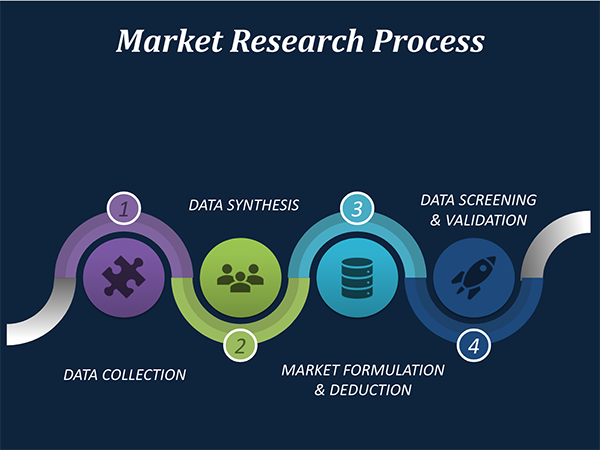
Data Collection: This stage of the market research process involves with the gathering and collecting of the market/industry related data from the sources. There are basically two types of research methods:
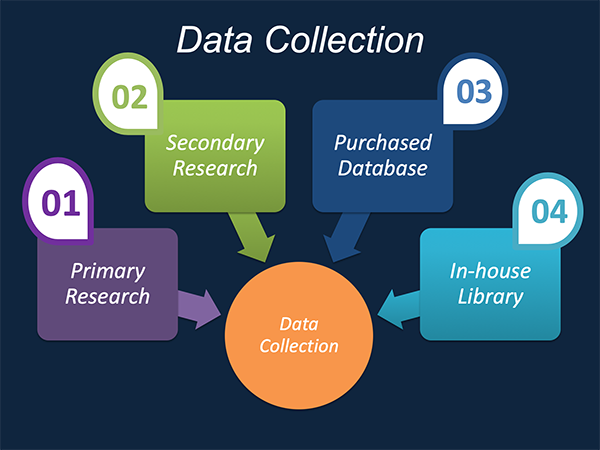
Data Synthesis: This stage includes the evaluation and assessment of all the data acquired from the primary and secondary research. It likewise includes in evaluating the information for any disparity watched while information gathering identified with the market. The data & information is gathered with consideration to the heterogeneity of sources. Scientific and statistical methods are implemented for synthesizing dissimilar information sets and provide the relevant data which is fundamental for formulating strategies. Our organization has broad involvement with information amalgamation where the information goes through different stages:
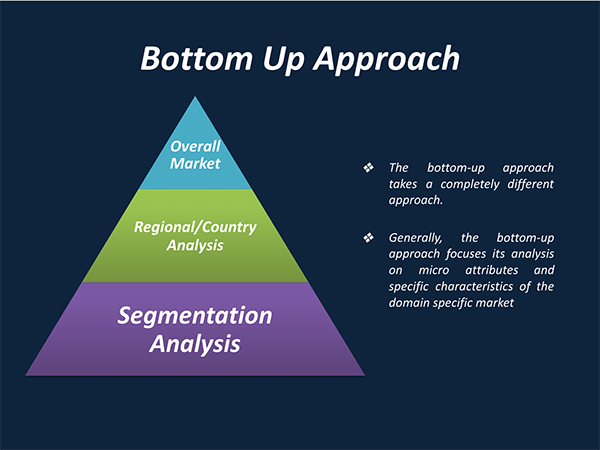
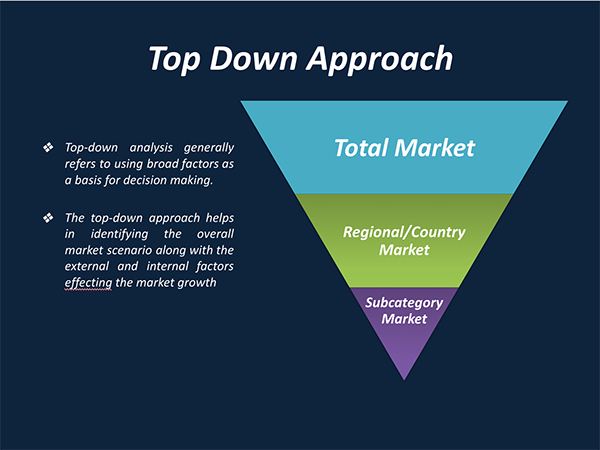
Market Formulation & Deduction: The last stage includes assigning the data & information in a suitable way in order to derive market size. Analyst reviews and domain based opinions based on holistic approach of market estimation combined with industry investigation additionally features a crucial role in this stage.
This stage includes with the finalization of the market size and numbers that we have gathered from primary and secondary research. With the data & information addition, we ensure that there is no gap in the market information. Market trend analysis is finished by our analysts by utilizing data extrapolation procedures, which give the most ideal figures to the market.
Data Validation: Validation is the most crucial step in the process. Validation & re-validation through scientifically designed technique and process that helps us finalize data-points to be used for final calculations. This stage also involves with the data triangulation process. Data triangulation generally implicates the cross validation and matching the data which has been collected from primary and secondary research methods.
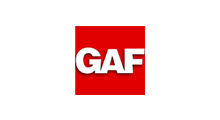

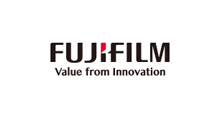
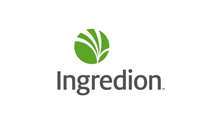

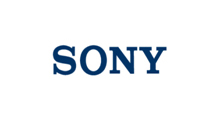
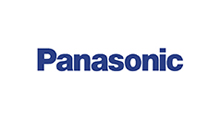
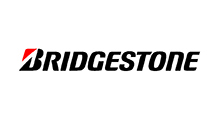
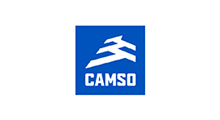
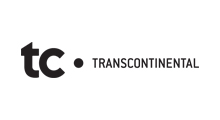
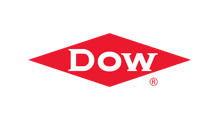
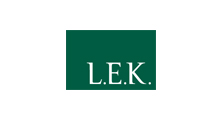

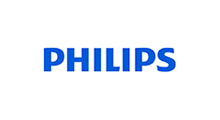
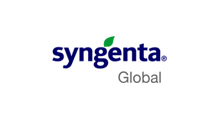
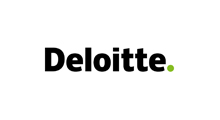

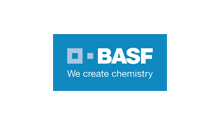
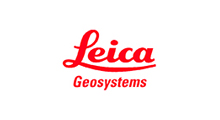
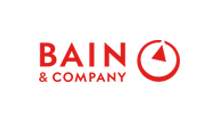

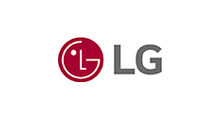
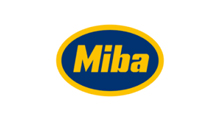
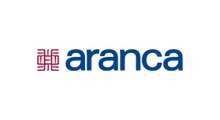
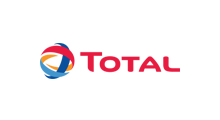
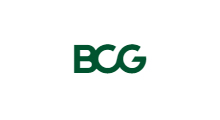
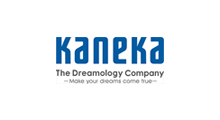
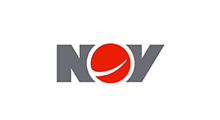
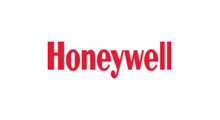
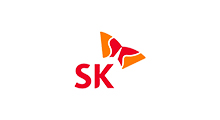
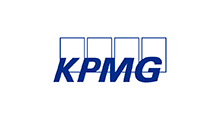
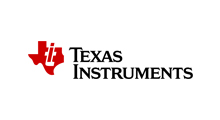
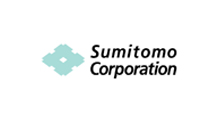
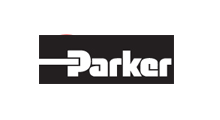
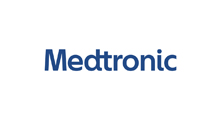
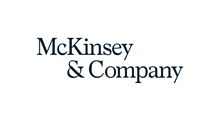


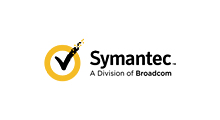
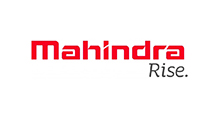
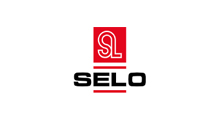
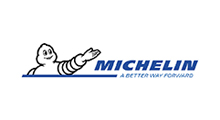

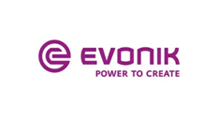

Free Customization
Countries can be added on demand
Free yearly update on purchase of Multi/Corporate User License
Companies served till date

We serve our customers 24x7 for 365 days through calls, emails and live chat options.

Huge database of exceptional market reports bringing market intelligence to your fingertips.

SSL enabled, we offer you various secured payment options for risk free purchase.